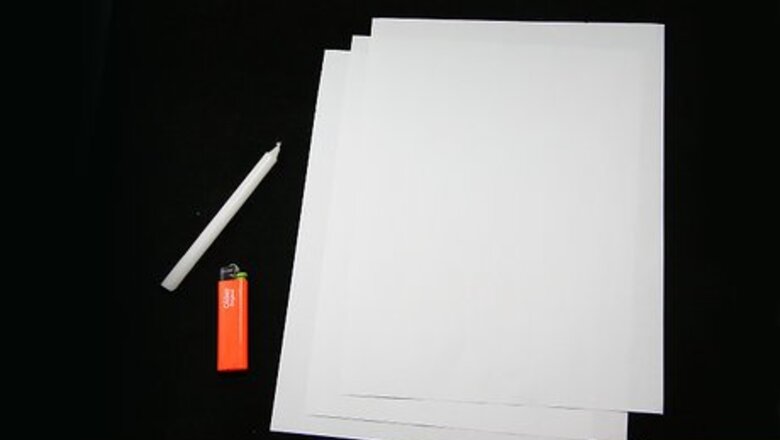
views
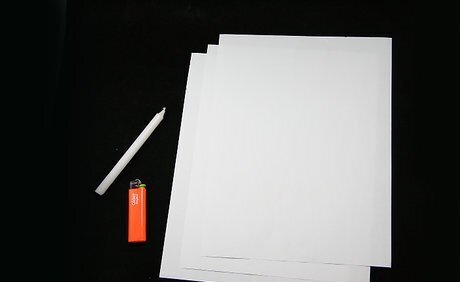
Protect your workspace. If you do not have a work area that you can afford to mark with wax drippings, lay out a covering (such as an old tablecloth) to catch the dripping wax.
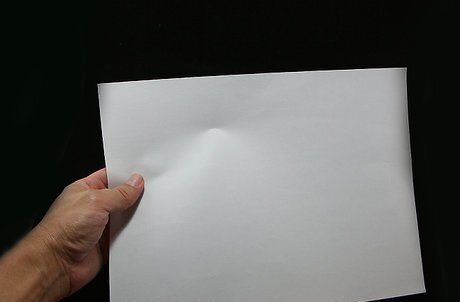
Prop up your board or paper (hereafter referred to generically as "canvas") so that you are looking up at it. You'll need to work from beneath the canvas most of the time, so you may want to hang it from an elevated position, but if you can manage to hold it with one hand, you can use your non-dominant hand to change its angle as the candle's flame moves across the surface.

Light your candle. Slender candles work best, but feel free to experiment. It's helpful to keep a pillar candle lit nearby to quickly re-light the one in use.
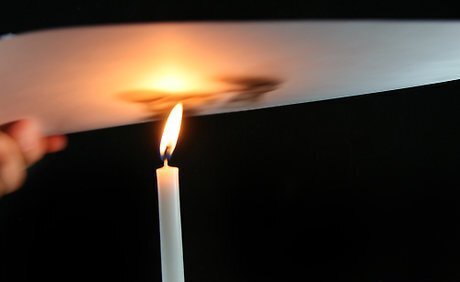
Begin dragging the candle flame along the underside of the canvas. As you guide the candle just beneath the canvas, you will see dark shapes forming on the surface of your canvas.
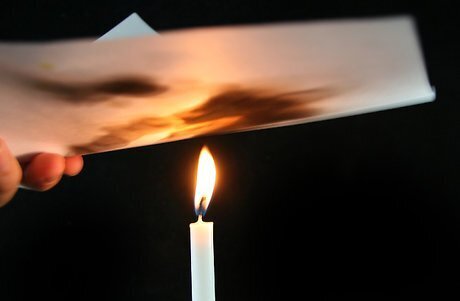
Vary the motions of your candle and the angle of the canvas. The best way to "learn" fumage is to experiment with it. See what effects you can get by using tilting the canvas or the candle slightly, or by moving the candle at different speeds or in different patterns of motion. For more information, see the "tips" section below.

Blow out the candle and spray the surface with fixative. When you are satisfied with your design, apply the fixative (a stabilizing or preserving agent, such as varnish) to keep it from smearing. Before you do so, you may wish to intentionally smear some of the soot marks with your hand, a brush, or some other implement.
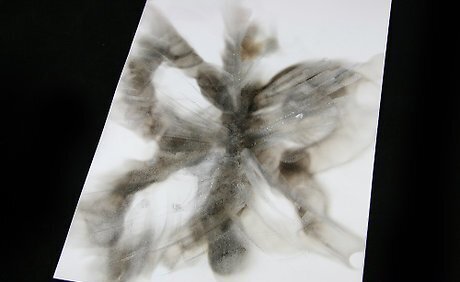
Experiment using fumage in combination with other media. Wolfgang Paalen, the father of fumage, quickly progressed toward using fumage as a catalyst for his artworks, the seed from which the whole work would spring forth. With the fumage work providing his starting point, he would then add layers of oil paint, for example, to fully express his artistic vision. You can apply other media to the canvas either before or after you apply the fixative.


















Comments
0 comment